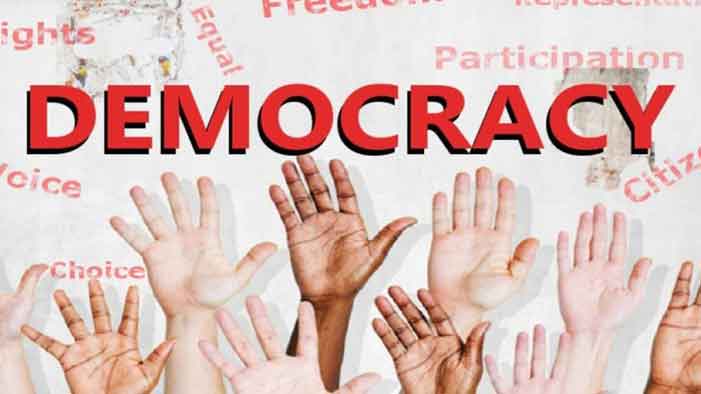With protests fueled by populist politics, the coronavirus pandemic, and restricted freedoms, it seems that democracy is in crisis. But despite its challenges, participatory democracy can supplement, and even complement representative democracy.
It is not, however, a magic bullet that will regain people’s trust in the democratic system. Participants need to learn how to participate effectively and maintain a critical perspective.
Referendums
Referendums are one of the ways that people participate in democracy. They involve citizens in decisions about laws and matters of the state through direct popular votes. This form of democracy is often lauded by those who believe that it offers a better way to link national public opinion with the levers of power than the traditional model of representative democracy.
It is important to note, however, that referendums cannot replace representative democracy. Instead, they can be used as a complement to it.
For example, if a city wants to implement policies like participatory budgeting, it is important to educate its citizens about the issue. That way, the citizens will be more informed and will be willing to participate in the process. In addition, it is important to make sure that the decisions are made in a fair manner. Otherwise, the decision could have unintended consequences. In this case, the public might not be satisfied with the result.
Initiatives
Petitioning is a mechanism for democracy where people can ask represented leaders to take action on specific issues, but does not necessarily lead to policy change. However, it allows citizens to express their concerns and can have an impact on the decisions of elected leaders, and can also influence public debate around particular issues.
Research has shown that démocratie participative mechanisms serve an important educational function, helping people develop various skills, become more informed, and cultivate a sense of political efficacy. But there is still little evidence about the extent to which these processes help address gender inequalities in participation, particularly on local levels.
During the last People Powered webinar, we learned from two organizations leading innovative democratic innovations, Extituto de Politica Abierta in Colombia and WV Can’t Wait in West Virginia, about how they engage women in their programs. The interviews they conducted showed that participants in these programs, including women, report learning various skills during and after their involvement with the participatory democracy mechanisms.
Petitioning

Petitioning allows citizens to engage with government and authorities, submitting requests and raising issues for consideration. It is one of the most common mechanisms to promote participatory democracy, alongside initiatives and referendums on state and local levels. However, it is considered a symbolic form of participation, as the outcomes of petitions depend on what representatives decide to do with them.
Furthermore, studies indicate that institutional procedures for handling petitions can impact the success of such actions. In fact, they can reinforce the traditional socio-demographic biases of participation and influence petitioners’ perceptions of procedural justice (e.g. Escher and Riehm 2017). In this sense, it is important to foster more prompt communication on petitions that have been presented in order to help citizens understand how the process works. This will also support those planning to present a petition and increase their chances of success. The information shared could be done by means of online channels and through public meetings.
Voting
Voting is the mechanism of democracy through which citizens can participate in government and promotes equality by allowing everyone to voice their opinions. Voting can happen formally through ballots or less formally with the show of hands, audience response systems, and other methods.
Using participatory democracy mechanisms within election campaigns can empower citizens to make political decisions and foster relationships with their representatives. It can also help to build people’s skills for participation in governance and identify potential candidates who share these values.
Conclusion:
Participatory democracy can take different forms, but it is most effective in small groups or regions with a high population. Using these mechanisms can ensure that represented leaders listen to citizens and act on their opinions. However, it is important to note that participatory democracy does not need to be a primary governmental system, but can be used as a supplement to representative democracy. Moreover, participatory democracy elements can be integrated into other democratic structures, like elitist and pluralistic democracies.
